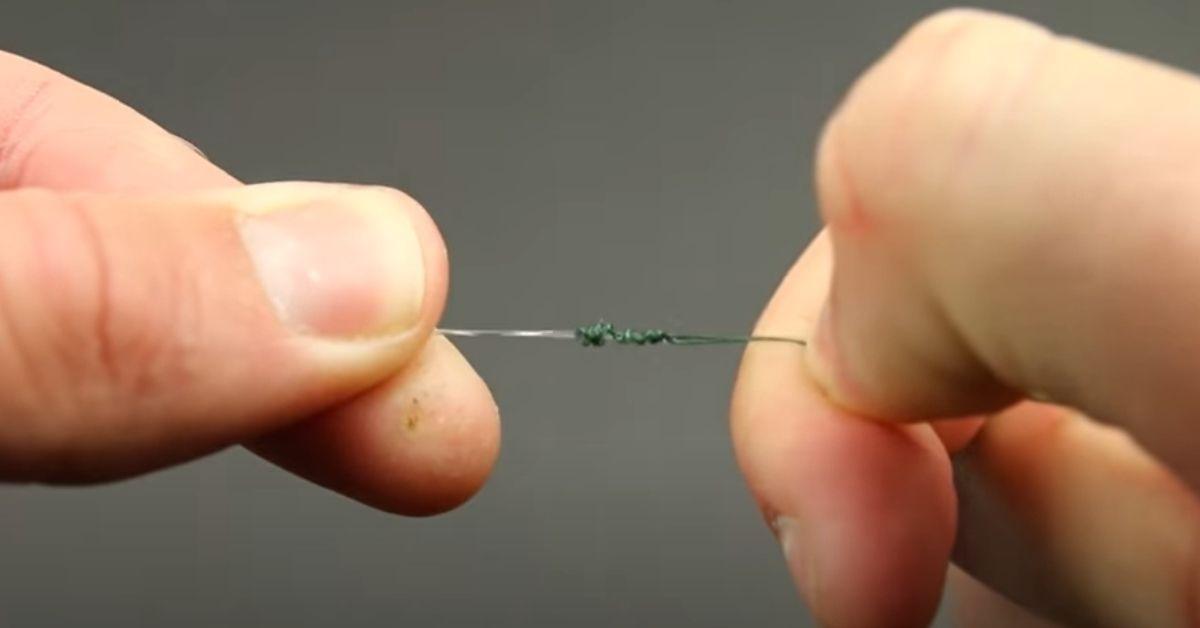Why You *Sometimes* Need To Use Leader Line When Fishing
Tying a bait directly to the main line coming off a reel's spool is standard procedure for most fishing applications. However, specific applications where a leader line attached to the main line are required to catch fish.
A leader is a length of line attached on one end to the eye of a lure or hook, and the other end is attached to the main line on a reel. The two lines are usually connected by tying the two pieces together with a knot or tying each line to the separate ends of a swivel.
A leader line for fly fishing is essential because the heavy colored fly line used to cast lightweight flies is too thick for tying on the small flies and is easily detectable by fish. Adding a monofilament or fluorocarbon leader followed by a tippet (a thinner piece of the line at the end of the fly fishing setup) makes it difficult for fish to see the line. I usually use a 9-foot leader of 2- or 4-pound fluorocarbon line as my leader when I fly fish for trout.
Using Leader Line When Bass Fishing
Leader lines are also necessary for baitcasting and spinning gear to prevent line twist when using certain lures and reduce line visibility. Many of the bass pros I have fished in recent years now rely on thin braided line with a fluorocarbon leader when fishing finesse baits with a spinning reel. I have been following their lead lately by spooling my spinning reels with 8- or 10-pound braid main line and an 8-foot leader of 8-pound fluorocarbon for fishing wacky-rigged Senkos, floating worms, drop shot rigs, and Neko rigs. This line combination gives me increased sensitivity to detect light bites. It also prevents line from flying off the reel spool too quickly, leading to line tangles, which is a frequent occurrence when fluorocarbon is tied directly to a spinning reel.
Don't Get It Twisted
Line twist can also be a problem when twitching soft plastic jerkbaits with a main monofilament or fluorocarbon line on a baitcasting reel. Too much line twist can lead to a weakened line and increase the odds of losing fish due to breakoffs. I have solved this problem by adding a swivel to my main line of monofilament and tying a 3-foot fluorocarbon leader to the swivel and jerkbait. The setup is more difficult to cast, but it prevents the main line from twisting, and the weight of the swivel allows the lure to sink faster if I need to work the lure deeper.
Updated January 12th, 2021 at 12:52 AM CT


